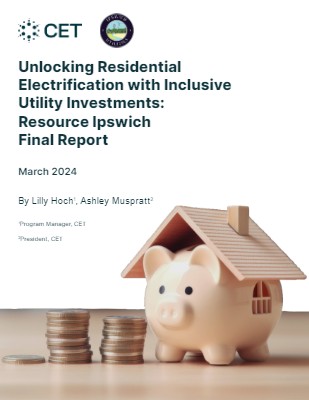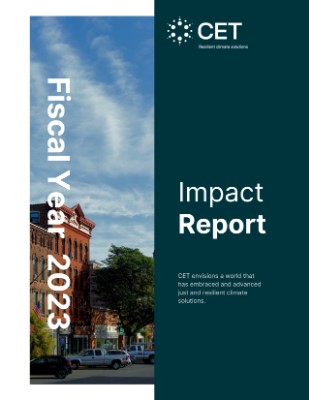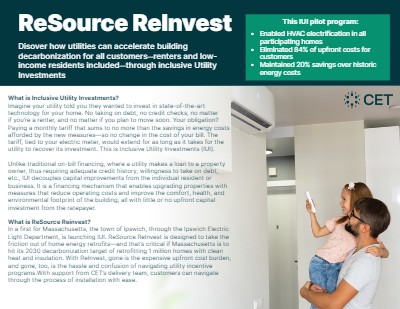Inclusive Utility Investments
Imagine your utility told you they wanted to invest in state-of-the-art technology for your home.
No taking on debt, no credit checks, no matter if you’re a renter, and no matter if you plan to move soon.
Your obligation? Paying a monthly tariff that sums to no more than the savings in energy costs afforded by the new measures.
The tariff, tied to your electric meter, would extend for as long as it takes for the utility to recover its investment, and if you move, would simply transfer to the next occupant. This is Inclusive Utility Investments (IUI – or sometimes referred to as tariff on-bill financing/TOB).
Unlike traditional on-bill financing, where a utility makes a loan to a property owner, thus requiring adequate credit history, willingness to take on debt, etc., IUI decouples capital improvements from the individual resident or business.
It is a financing mechanism that enables upgrading properties with measures that reduce operating costs and improve the comfort, health, and environmental footprint of the building, all with little or no upfront capital investment from the ratepayer.
ReSource ReInvest
An initiative spearheaded by the Ipswich Electric Light Department (ELD), marks a groundbreaking move for Massachusetts.
Its primary aim is to streamline home energy retrofits, a vital step if the state is to achieve its ambitious goal of retrofitting 1 million homes with clean heat and insulation by 2030.
With ReInvest, the burden of expensive upfront costs is lifted, and the headache of finding contractors, comparing quotes, and navigating utility incentive programs becomes a thing of the past.
Benefits of the program
Enabled HVAC electrification in all participating homes.
Eliminated 84% of upfront costs for customers.
Maintained 20% savings over historic energy costs.
Resources about IUI




CET is working with municipalities across the state to
Bring IUI to Scale
If you want to bring IUI to your city or town contact us today to get started. Also, check out our IUI Toolkit for a detailed timeline and checklist for launching an IUI program in your municipality.
When you donate to CET you seed the expansion of a program that’s accelerating and democratizing the energy transition for renters, low-income homeowners, and all.
Municipal IUI Inquiry
Frequently Asked Questions
How does the program work?
– Participants receive a home energy audit by a skilled energy consultant to determine what upgrades they are eligible for.
– Qualifying projects are flagged by the energy consultant.
– Participants collect quotes from local, licensed contractors, and share them with their consultant.
– The contractor installs the approved energy upgrades.
– The energy consultant inspects the upgrades and approves payment for completed work.
– A tariff will appear on your bill following installation.
What measures can be installed?
– Air Sealing
– Duct Sealing
– Insulation
– Air Source Heat Pump
– Air Source Heat Pump Water Heater
Which homes qualify?
– Homeowners and renters with up-to-date accounts.
– Eligible projects must have sufficient estimated savings and estimated life span to produce significant, immediate net savings.
– Participants shall agree the utility can recover its costs for the projects at their location by paying for the project through a tariff directly on the participant’s electricity bill.
– Customers may pay down the costs for projects with a payment to the installing contractor to qualify projects that would otherwise not meet the requirements.
Do customers need to supply utility data to participate?
– Yes. Participants must supply 13 months of utility data. Utility data must include electric bills and any delivered fuel bills (oil and/or propane).